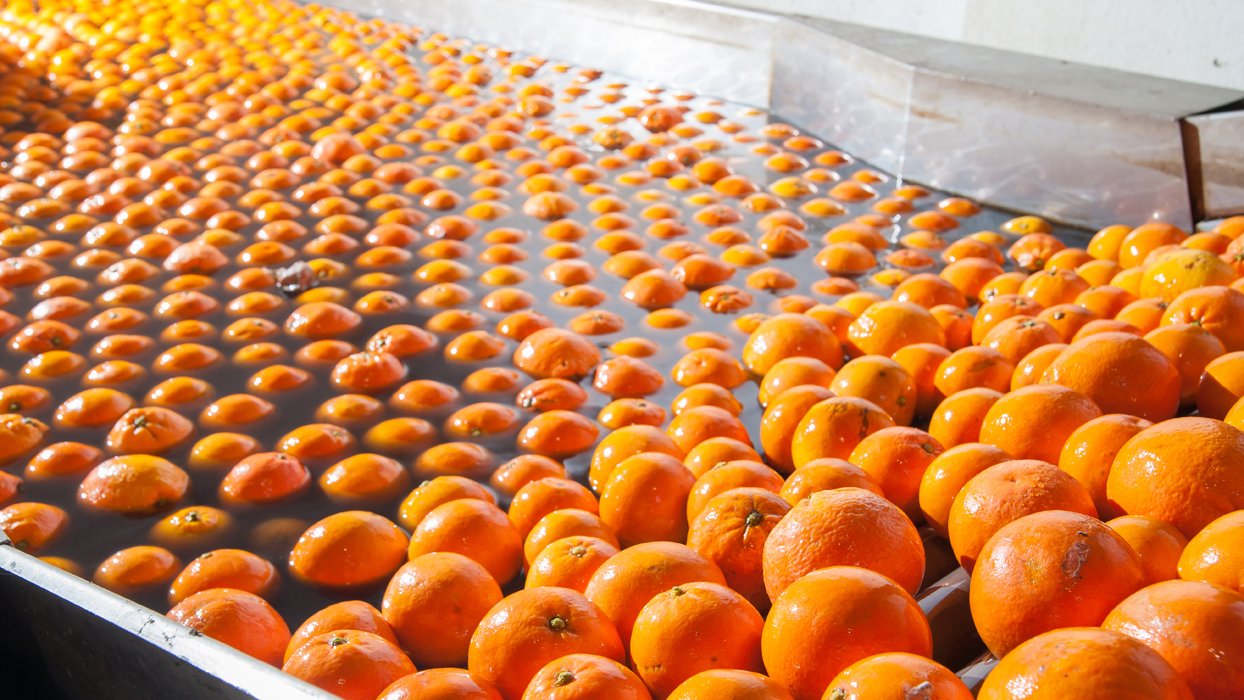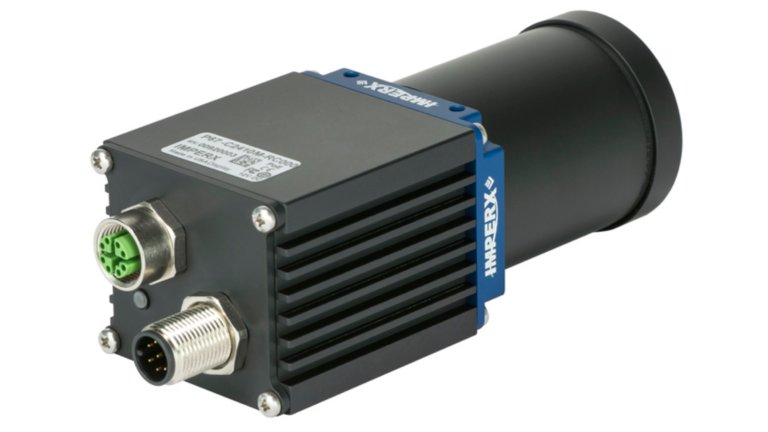Industrial machine-vision camera manufacturers take different approaches to protect cameras from the elements. One option is to place a camera inside an IP-rated enclosure. The user buys the camera and enclosure from two different companies, then someone determines how to place the camera inside the enclosure and connect it to the computer.
A second approach is to have the camera manufacturer integrate the IP67 compliance into the camera itself. An integrated IP67 camera solution (see photo) simplifies the camera’s protection with minimal impact on size and cost. There’s no need for a separate enclosure, and users can obtain the IP67-rated camera from a single supplier.
What is an IP Rating?
The International Electrotechnical Commission (IEC) developed the “Ingress Protection” standard to give a measurable way to define concepts such as “waterproof” or “dustproof.” Two digits define the IP for a device.
The 1st digit, which relates to “Solid Ingress Protection,” defines the level of protection the enclosure provides from contact with objects inside the enclosure and the ingress of solid foreign particles (dust) into the enclosure.
The second digit of IP relates to “Water Ingress Protection.” It defines how well an enclosure prevents water from entering the enclosure. The range of water protection goes from 1, where there is protection against dripping water, up the scale to protection from water ingress at increasingly higher pressures. From water flowing down a grade and hitting the enclosure, to sprayed and splashed water, to protection from jet streams of water, finally “7” and “8” allows for completely immersing the enclosure or device in water.
Therefore, the IP67 rating for machine-vision cameras means the camera is protected from ingress of dust, and it can be submerged to depths up to 1m for up to 30 minutes without affecting camera use.
When using an integrated IP67 camera solution, it’s a best practice to understand the type of cabling that will be used to maintain compliance, the enclosure options available to surround and protect the lens to accommodate varied sizing needs, and the way the lens enclosure can affect the resolution of the final image from the camera. You can learn about all this by downloading our white paper.
Industries and Applications
Some markets where use of an IP67 camera is ideal include oil and gas, transportation, automotive, aerospace, manufacturing, security, military and more — any place that isn’t a pristine environment.
For example, the food and beverage industry has areas where there is extensive cleaning, such as regularly washing an area with disinfecting solutions, and some splash zones will exist. IP67 protection can also help automotive and other manufacturing industries such as machining and metal processing where gases, sparks, metal particles, dust, oil and solvents can be present.


